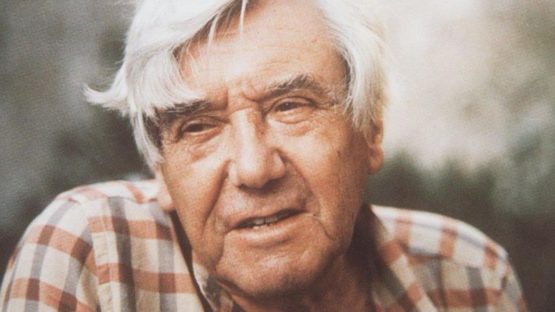
1911 - 2002
Roberto Sebastian Antonio Matta Echaurren
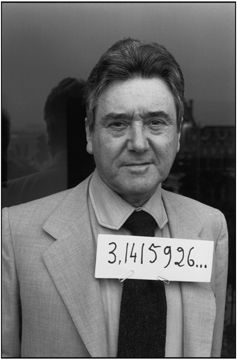
description
The most famous Chilean artist, sculptor and architect, the leader of Latin American modernist art. Roberto Matta worked in the style of surrealism and was a close friend and associate of Salvador Dali, with whom they were united by the idea of unconscious painting and a free flow of creativity without the intervention of intelligence or any system.
The artist’s art is truly international. Born in Chile and living in almost all the capitals of Europe, as well as in the USA, Matta combined a wide variety of art styles in his work. He was never limited to one style, manner and materials, being an innovative artist, not tired of doing experiments. His unique style had a significant impact on the development of such a popular art movement as Abstract Expressionism.
The most famous among the artist’s paintings are his surrealistic canvases from the Psychological Morphology series, which demonstrate an artificial reality filled with metaphors and symbolic figures. In the 1940s, Matta was distracted from studying subconscious and turning to social topics. In a series of works entitled Social Morphologies, he depicted complex mechanical objects and distorted human forms, symbolizing the injustices and horrors of the war.
Key ideas:
– In his work, Roberto Matta sought to get rid of all the conventions and limitations in painting. He used the surrealistic “automatic painting” method, trying to completely “turn off” his mind and focus only on unconscious vague images that spontaneously arise in the brain. The artist himself called his works made in this technique “internal landscapes.”
– During the Second World War, the artist began to combine his interest in the human psyche with active interaction with the world. He believed that art should not only perform an aesthetic function, but also be a powerful lever for social change. His commitment to social issues and participation in political events angered Andre Breton and other surrealists, and finally made Matta leave this movement.
– In the artist’s works, colour plays a very important role. Bright and saturated shades, or a calm monochrome palette act as the main characters of Matta’s paintings. They create tension in the picture, regulate its emotional intensity and arouse human imagination.
– Matta created a large number of large-scale works. The width of some of his canvases is around ten metres, and they completely immerse the viewer in the fairy-tale world of the artist’s imagination. For the purpose of even greater entertainment at several of his exhibitions, he placed his paintings not only on the walls, but also on the ceiling of the exposition hall.
– Many researchers note that no matter how serious the theme of Matt’s paintings is, there will always be a place for the peculiar humor of the Chilean who puts funny humanoids, insects or comical human figures into his surrealistic canvases. When the artist was asked in an interview with which of the great people he can compare his work, Roberto Matta replied, “with Charlie Chaplin”.
1911
1935
1937
1939
1945
1948
1950
1957
1990
2002
Roberto Sebastian Antonio Matta Echaurren was born
He went to Europe
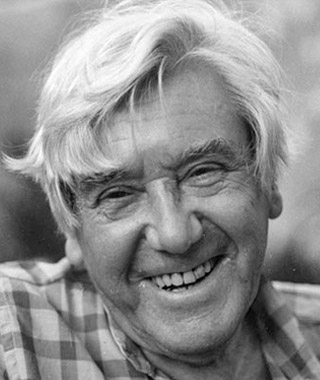
At the invitation of Breton, he joined the circle of Surrealists
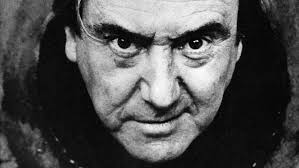
Emigrated to the United States
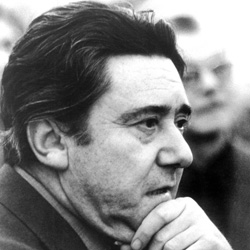
Matta began to create paintings on social topics
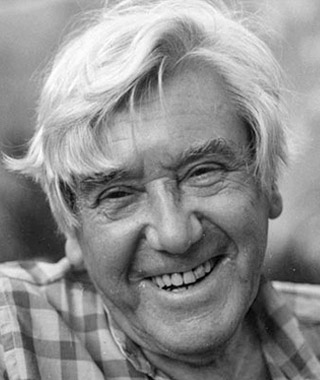
Moved to Italy
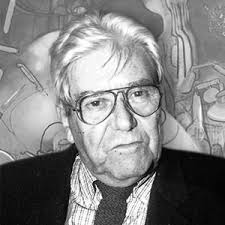
Made a trip to Latin America
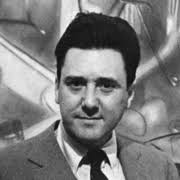
The large retrospective exhibition
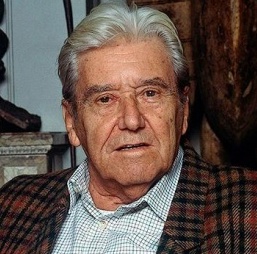
The artist was awarded the prestigious National Art Award

The death of the artist
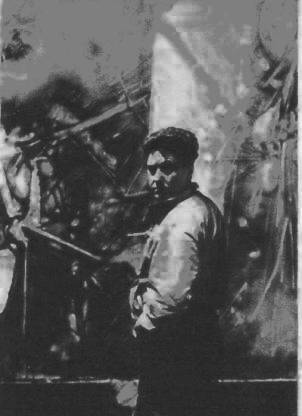
Roberto Sebastian Antonio Matta Echaurren
On Artist
flow
Surrealism
Symbolism
Dada
friends
Salvador Dali
Andre Breton
Arshile Gorky
artists
Marcel Duchamp
Pablo Picasso
Rene Magritte
By Artist
flow
Abstract expressionism
friends
Yves Tanguy
artists
Jackson Pollock
William Baziotis
Peter Busa
Robert Motherwell
Adolf Gottlieb
Gordon Onslow Ford
Gordon Matta Clark
